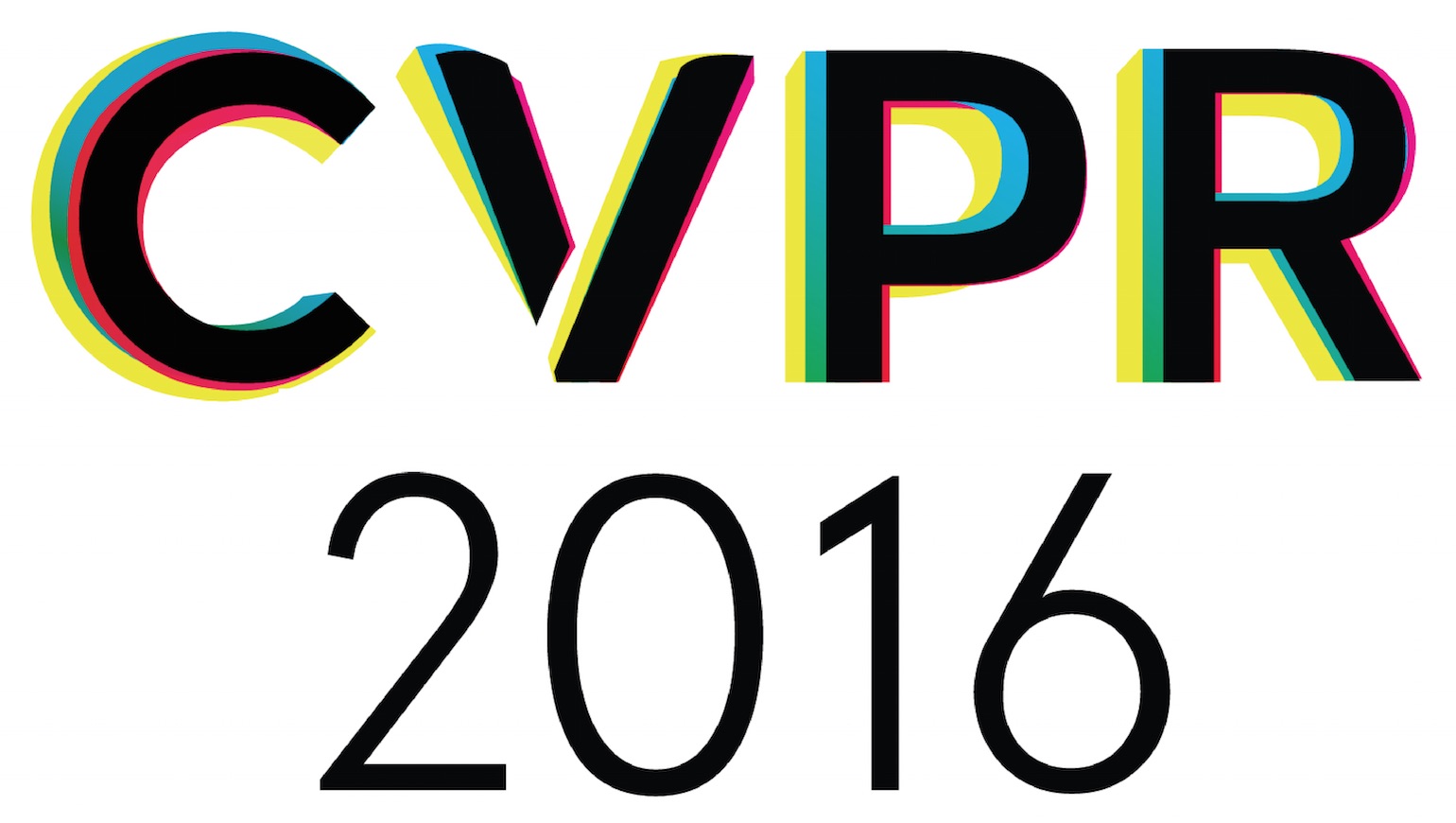-
Similarity Metric For Curved Shapes In Euclidean Space
AbstractIn this paper, we introduce a similarity metric for curved shapes that can be described, distinctively, by ordered points. The proposed method represents a given curve as a point in the deformation space, the direct product of rigid transformation matrices, such that the successive action of the matrices on a fixed starting point reconstructs the full curve. In general, both open and closed curves are represented in the deformation space modulo shape orientation and orientation preserving diffeomorphisms. The use of direct product Lie groups to represent curved shapes led to an explicit formula for geodesic curves and the formulation of a similarity metric between shapes by the L2-norm on the Lie algebra. Additionally, invariance to reparametrization or estimation of point correspondence between shapes is performed as an intermediate step for computing geodesics. Furthermore, since there is no computation of differential quantities on the curves, our representation is more robust to local perturbations and needs no pre-smoothing. We compare our method with the elastic shape metric defined through the square root velocity (SRV) mapping, and other shape matching approaches.
Related Material
[pdf][bibtex]@InProceedings{Demisse_2016_CVPR,
author = {Demisse, Girum G. and Aouada, Djamila and Ottersten, Bjorn},
title = {Similarity Metric For Curved Shapes In Euclidean Space},
booktitle = {Proceedings of the IEEE Conference on Computer Vision and Pattern Recognition (CVPR)},
month = {June},
year = {2016}
}
These CVPR 2016 papers are the Open Access versions, provided by the Computer Vision Foundation.
Except for the watermark, they are identical to the accepted versions; the final published version of the proceedings is available on IEEE Xplore.
Except for the watermark, they are identical to the accepted versions; the final published version of the proceedings is available on IEEE Xplore.
This material is presented to ensure timely dissemination of scholarly and technical work.
Copyright and all rights therein are retained by authors or by other copyright holders.
All persons copying this information are expected to adhere to the terms and constraints invoked by each author's copyright.

